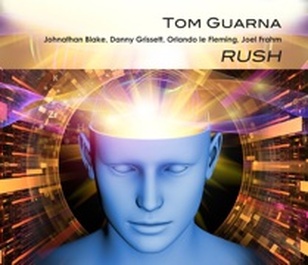
In this Brooklyn Jazz Underground Records release, his first with them, the album features all eight tracks of Tom’s own compositions. His composing is equal to his performing in every way.
Schooled at Juilliard (Master of Music) he was sought out by them for a scholarship. This after graduating from the New School for Jazz and Contemporary Music where he received a Bachelor of Fine Arts.
He has performed and recorded with the best and has learned from the best. With his five previous albums he has grown as a composer and a performer into someone whose name should be mentioned in the same breath as anyone you care to name. Yeah, he's that good.
He has assembled a first-rate quintet to join his guitar. Joel Frahm is on soprano and tenor saxophones, Danny Grissett is on piano and Fender Rhodes with Orlando Le Fleming and Jonathan Blake on bass and drums, respectively.
Guarna’s splendid guitar work is evident from the title first track, “Rush.” Grisselt offers sweetly delicate Fender Rhodes touches alongside Frahm’s exemplary sax. The rhythm section of Le Fleming and Blake truly help bring Guarna’s compositions alive.
“Rush” is a stand-out piece and early on reveals some of his revered masters while unmistakably carving his own niche. This continues on the second track “Beringia.” On “Beringia,” Guarna and Frahm make for a great combo as Grisselt adds beautiful piano accompaniment.
That beautiful piano is continued on “Dreamland.” Blake shows his softer side here while Le Fleming contributes a moving bass. Frahm’s sax is a fine partner to Grissett’s piano. In fact, “Dreamland” may be the very best example of the cohesion of this quintet. The cooperation and unity with Gurana is ideal.
| I have seen Tom Guarna perform with the likes of George Colligan and he is able to sit well with so many varied artists. Now, on “Rush,” he has brilliant artists sitting in with him. And why not? Guarna makes room for everyone and his musicianship is first-rate. He takes his improvisational cues from the likes of Coltrane, Chick, Herbie and Allan Holdsworth. He once told George Colligan that his goal was to improvise straight from the heart without the hindrance of technical issues. Tom has indeed managed to achieve that and no example is finer than here on “Dreamland.” | |
He also takes a quick detour into a bop-ish piece entitled “Shambleau.” Tom hits a melodic high with amazing underscoring from Le Fleming and Blake. Those guys can bring it. Add Frahm’s hot horn and you’ve got the makin’s!
Emotion is again at the forefront on “Elegy for Atan (Dedicated to Etan Patz).” It is delightfully melodic and full of memory with Tom being at his delicate best here as he flows into “Movement and Respose.”
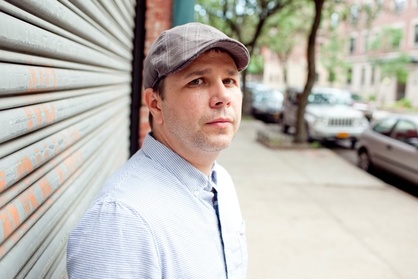
This quintet can swing together, bop together, sigh together and cry together with a rhythm section in the pocket on each track. These guys are not kidding around.
With each track, Tom reveals more and more about his own musicianship. He displays incredible delicacy, fierce attack, longing melodic intonations and just why he chose these four musicians to accompany him on this album’s journey.
One of the most fascinating compositions and performances is the seventh track entitled “Forgiveness.” It begs the question who is forgiving and who is being forgiven (and by whom). There is a joy in the piece, however, that bespeaks equal measure of both.
Along with that is a very brief measure that is reminiscent of Irving Berlin’s “Blue Skies.” It creates an atmosphere of the refreshing of giving and indeed receiving such forgiveness. This could very well be the most satisfying piece on the entire album and that is saying a lot.
The finale is “High Plains.” It is straight-up Jazz just the way you like it. Again, the whole group brings their best to bear on this. On no track do anyone of these musicians (or the compositions) disappoint. They are generous with each other and often seem to be plugged into one mind.
Encircling them all, however, is Tom Guarna. His own space creation and vibrant virtuosity are the centerpiece of the group. Name any guitarist—Metheny, Frisell, Scofield—comparison falls far short or fails entirely because Tom Guarna is his own guitarist. With albums like “Rush,” he can also belong to us.
Buy "Rush" by Tom Guarna at http://www.bjurecords.com/tom-guarna/
Visit Tom Guarna's web page at www.tomguarna.com.
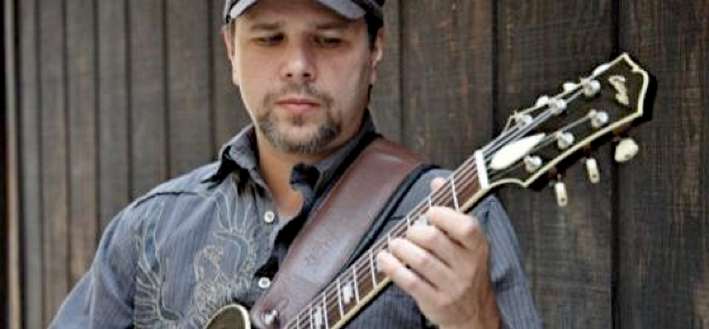
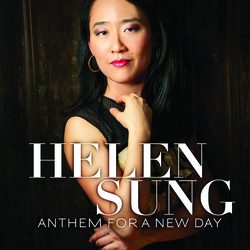
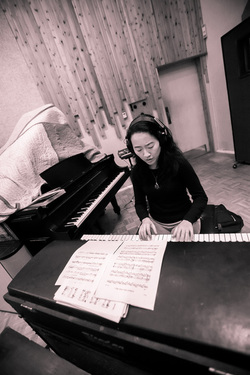


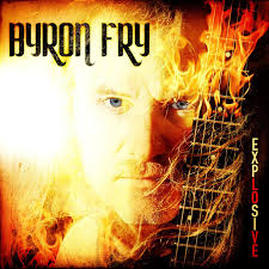
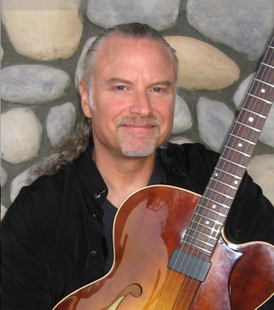
 RSS Feed
RSS Feed
